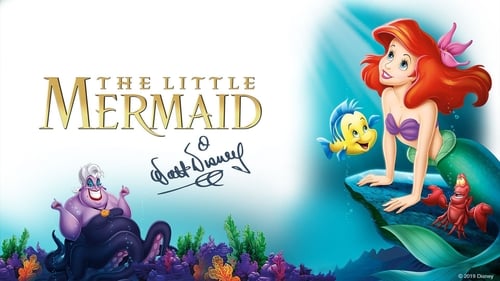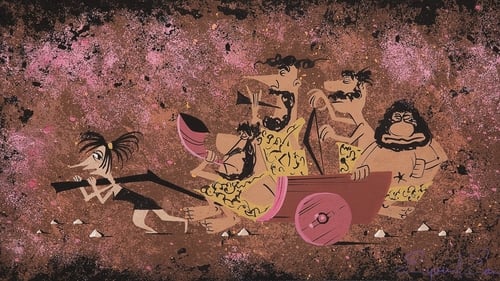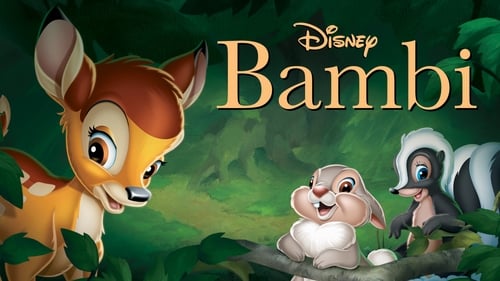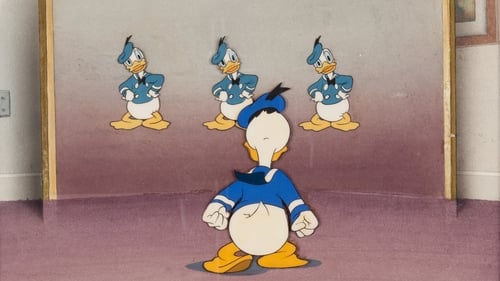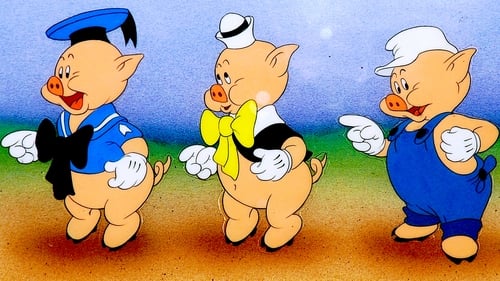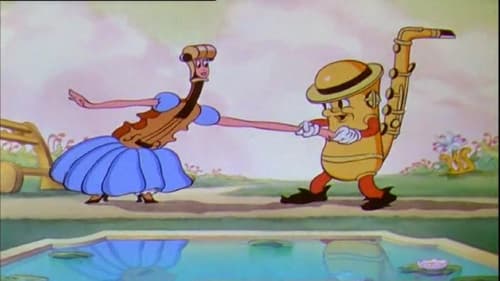Kendall O'Connor
Birth : 1908-06-07, Perth, Western Australia, Australia
Death : 1998-05-27
History
Born in Perth, Australia, on June 7, 1908, Ken studied commercial art at Melbourne Technical College and fine art at the Australian National Gallery in Melbourne. In 1930, he emigrated with his family to the United States, settling in San Francisco, where he continued his education at the California School of Art.
Among the most memorable images Ken created for the screen were the magical coach in Cinderella, the marching cards in Alice in Wonderland, and the dancing hippos in Fantasia. His other credits include Snow White and the Seven Dwarfs, Pinocchio, Dumbo,Make Mine Music, Melody Time, Peter Pan, Lady and the Tramp, and more. During World War II, Ken worked on training and educational films that Disney produced for the United States government, includingFood Will Win the War, as well as theatrical cartoons such as Education for Death. Later, he provided layouts for the first 3-D cartoon, Adventures in Music: Melody. He also served as art director on three “space factuals” for Disney’s television programs Man in Space, Man and the Moon, and Mars and Beyond. He also art directed the first CinemaScope cartoon, Toot, Whistle, Plunk and Boom, which won an Academy Award® in 1953. After more than 30 years with the company, Ken retired in 1978. He continued to lend his imagination and artistry, however, to such projects as Epcot Center’s Universe of Energy and World of Motion attractions. He also consulted on the Back to Neverland [sic] film, featured in the Magic of Disney Animation attraction at the Disney-MGM Studios Theme Park in Florida, which introduced park guests to the animation process. Ken also taught layout and art direction at the California Institute of the Arts, helping influence an entire generation of today’s animation greats. -D23
